15 Top Design Trends to Watch For
The design world constantly evolves. As we enter 2024, several exciting new trends are emerging across various design disciplines that are set to shape aesthetics, user experiences, and visual culture in the months and years ahead. This comprehensive guide explores the top 15 design trends to watch this year and beyond.
Table of Contents
1. Maximalism
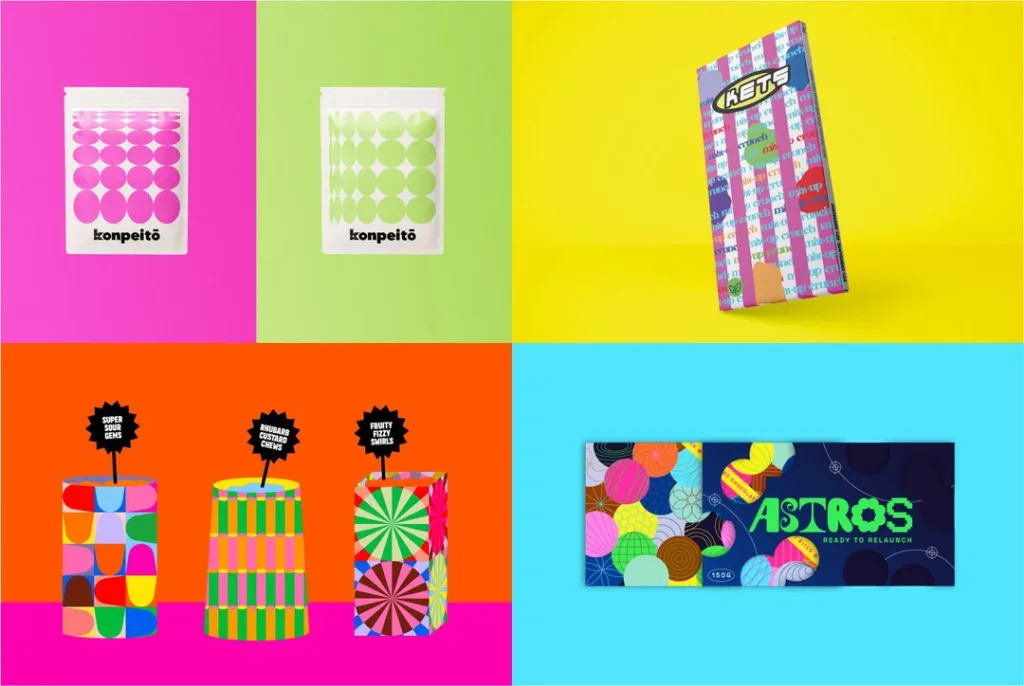
Maximalism is a significant trend across interior design, fashion, visual arts, and more. As a reaction to the pared-back minimalism of previous years, maximalism embraces rich layers, mix-and-match patterns, bold colours, and eclectic decor.
Critical Elements of Maximalist Design
- Vibrant, saturated colour palettes
- High visual density and “clashing” patterns
- Multilayered mixes of textures, shapes, and cultural motifs
- Playful opulence – think jewel tones, metallic and glass accents, etc.
- Rejecting minimalism’s “less is more” in favour of “more is more.”
“After a decade of pale Scandi style, this post-modern collision of patterns, colours and textures is an assault on the senses,” explains Elle Decoration. Maximalism shows no signs of losing momentum this year.
2. Sixties Mod Revivalism
The swinging sixties are back in vogue this year, filtered through a modern lens. Expect graphic black-and-white palettes, curved furniture forms, retro wallpapers, circular motifs, and playful pops of pastel colours.
Critical Traits of Mod Design
- High-contrast monochrome colour schemes
- Curvilinear shapes and silhouettes
- Plastic, fibreglass, moulded plywood furniture
- Polka dots, concentric circles, groovy patterns
- Eclecticism: mix-and-match of modern and retro influences
The mod style dominated youth culture in 1960s London, and now Gen Z and millennials are breathing new life into this dynamic aesthetic. Danish brand Menu has led the charge with its round Scandi-Pop designs, while Kenzo and Miu Miu have shown sixties-inspired collections on recent catwalks.
3. Biospheric Design
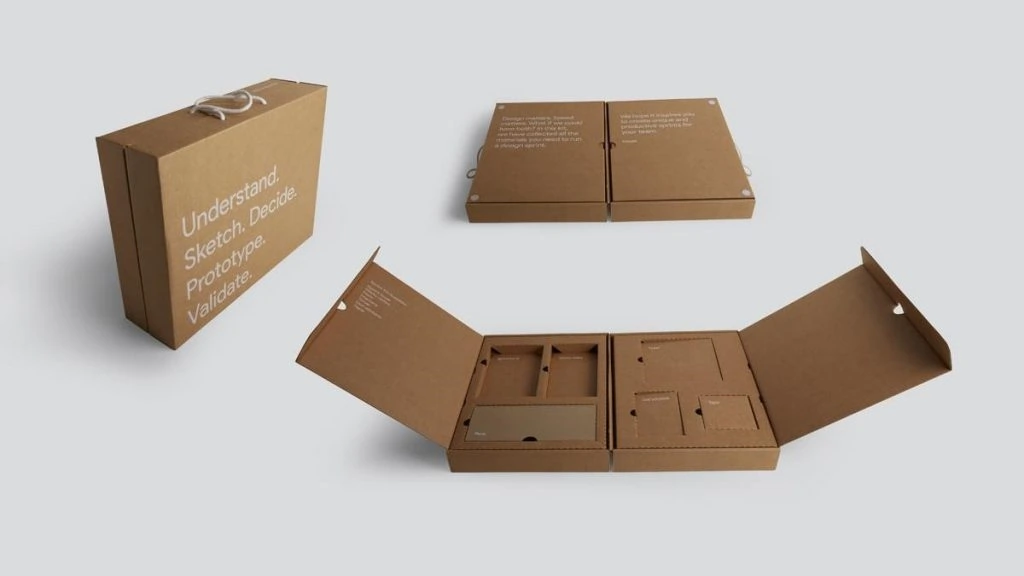
Sustainability remains at the top of the design agenda in 2024. But biospheric design takes things a step further – buildings, products and visual identities are designed in total harmony with nature.
Organic shapes, natural materials, energy-efficient solutions and regenerative design principles are critical to this trend underpinned by circular economics.
Core Ideas Behind Biospheric Design
- Design inspired by and emulating natural forms – biomorphism
- Sustainable materials like bamboo, cork, recycled textiles
- Energy production/saving through design – solar panels, green roofs, etc
- Cradle-to-cradle lifecycles, circular production methods
“We need to push sustainability to a new level through positive, regenerative design.. to put more back into the environment than we take out,” explains Ross Lovegrove, the biomimicry pioneer whose organic designs inspire the biospheric trend.
4. Neo-Gothic Architecture
Brooding black exteriors, vaulted ceilings, arches and towers – gothic architectural elements are being resurrected in striking contemporary buildings across the globe.
Signatures of the Neo-Gothic Style
- Pointed arches, vaults, columns
- Elaborate tracery, marbling, ornamental details
- Stained glass windows, often with religious themes
- Spire towers, arched ceilings soaring skyward
- Black, charcoal, and blood reds meet glossy modern finishes
This blend of medieval form with modern materials creates atmosphere and drama. Leading creatives like Raf Simons and Rick Owens are also bringing gothic fashion into the mainstream – so keep an eye out for neo-gothic inspiration across visual culture in 2024.
5. Designing for the Metaverse
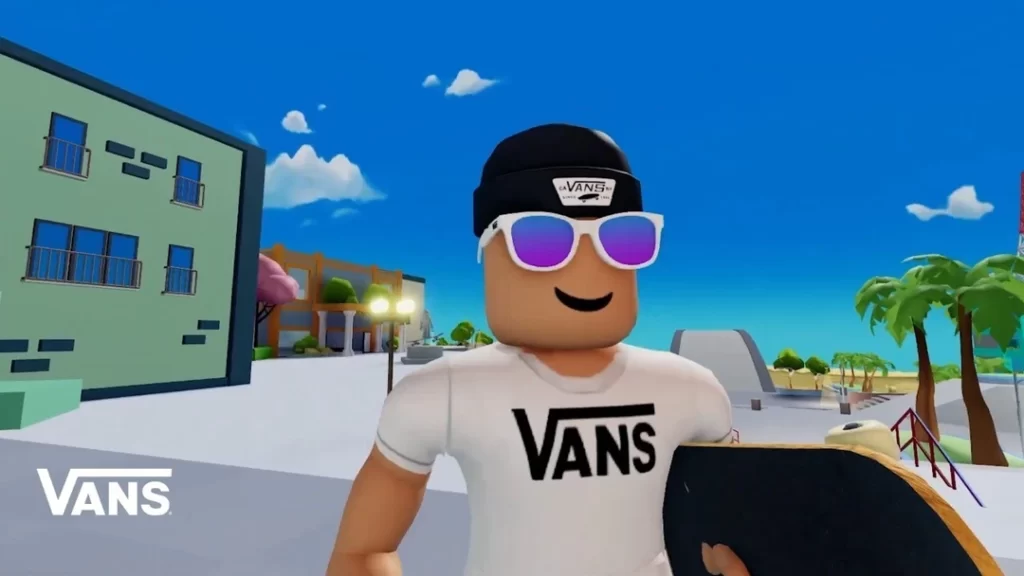
Virtual worlds like Roblox, Fortnite, and VR Chat now have economies – reports estimate the metaverse market to be around $80 billion in 2023! Creative studios hire designers to build virtual identities, assets and experiences.
Opportunities in Metaverse Design
- Avatar outfits + skins in gaming worlds
- Badges, collectables and digital artefacts
- VR environments + architecture
- Marketing – branded immersive experiences in VR
- New design job roles – Metaverse architects, gamification experts, interaction designers, etc
“There is enormous creative potential.. to transport people into new realities and human experiences,” says Justin Aitken of VR Vision, highlighting the exciting future of metaverse-specific design roles.
6. Cyborgian Body Architecture
Blurring the lines between technology and biology, cyborgian design integrates tech into the human body to augment function. Echoing sci-fi themes, 2024 will see more wearable devices, implants and body enhancements enter the mainstream.
Key Cyborgian Design Innovations
- Exoskeletons – body armour boosting human strength
- Neural implants – interfaces between tech and brain
- Prosthetic technology – realistic artificial limbs
- Biofabrication – 3D printing body parts from stem cells
- Augmented vision – camera implants to sharpen sight
Leaders in this space, like Neuralink, are testing brain implants to treat neurological conditions. However, critics argue that ethical oversight is needed for such innovations. “Cyborgian experiments pose tricky questions about the future of humanity we must address responsibly,” argues Professor Susan Rice.
7. Algorithmic Design
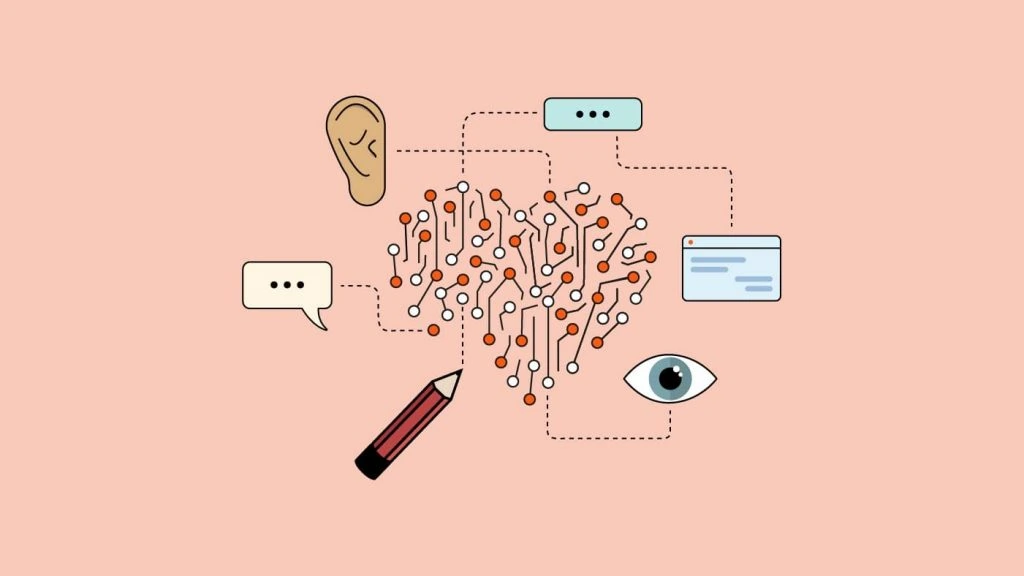
AI tools are revolutionising design workflows. Forget mood boards – algorithmic design uses machines to generate colour palettes, pattern designs and even spatial layouts in seconds rather than hours!
How Algorithms Boost Design Innovation
- AI image + pattern generators
- ML tools for predictive analytics + forecasting
- AR filters for rapid prototyping
- Algorithmic layout software
- Computer vision building real-world replicas in VR
While concerns persist around privacy and job disruption, most experts agree human oversight is essential. “AI should enhance creativity, not replace it,” insists Adobe Stock VP Rogerio Jasinski. Expect more human-machine collaboration across all design fields in future.
8. Deconstructed Typography
Goodbye, curvy script fonts! Typography turns glitchy this year with broken letterforms, fragmented layouts and pixelated effects.
Key Features of Deconstructed Type
- Distorted letterforms + incomplete characters
- Overlapping words sliced through each other
- Grainy pixilation, blurring + bold image layers
- Jarring misalignments + broken grid layouts
- High visual intensity + collage-style dynamism
“Its grungy, edgy aesthetic echoes wider social anxieties,” explain Letterform Archive curators. With roots in punk culture and the work of David Carson, deconstructed typography continues to defy legibility norms across branding, editorial, packaging and digital formats.
9. Object-Oriented UI
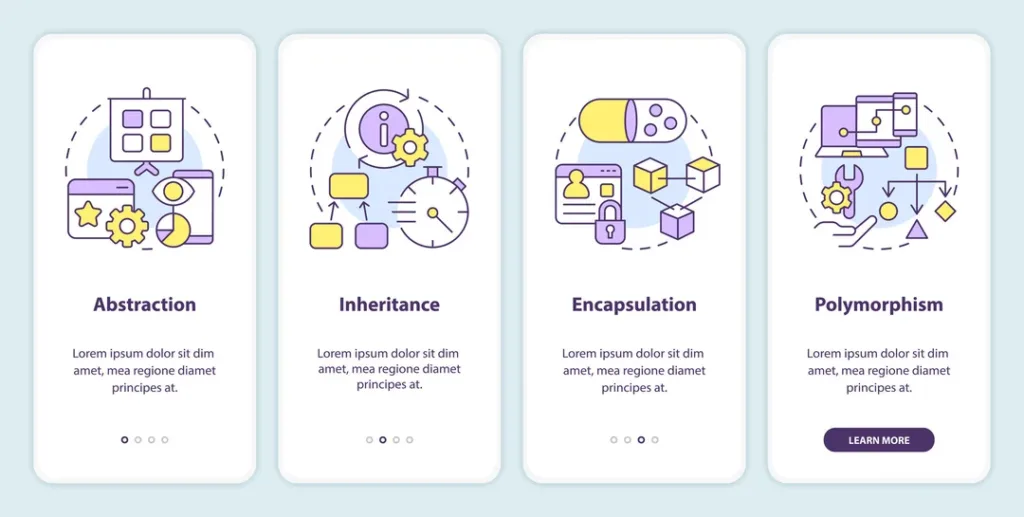
Goodbye, flat graphics – real-world inspired textures and dimensions make digital interfaces feel more tangible through concepts like neumorphism. Object-oriented UI adopts nature-inspired shapes, shadows and surfaces to suggest buttons and switches you can toggle.
Critical Traits of Object-UI
- Soft gradations, shadows, light effects
- Bevelled edges + 3D extrusion techniques
- Tactile-looking natural textures – wood, glass, etc.
- Rounded corners shaped like real-world objects
- Playful physics – bounce, stretch, wiggle etc.
This trend brings a more delightful, intuitive feel to apps and websites. Pioneered by Apple’s iOS7 update, leading brands now apply 3D, depth and physics to UX – bringing real-world familiarity to digital environments.
10. Parametric Architecture
Math meets design for this avant-grade architectural movement. Parametric design uses algorithmic thinking and computational geometry to ‘breed’ radical building forms.
How Parametricism Pushes Possibilities
- Intricate, futuristic forms generated via algorithms
- No straight lines or simple shapes – smooth curves + warped grids
- Buildings mathematically modelled to be structurally optimised
- Eco-centric solutions – adaptive sun shading, airflow etc
- Striking visions of city forms impossible with manual design
The parametric process morphs abstract data like population flows into complex 3D structures, realised by 3D printing and robotic assembly. “It heralds an exciting design revolution,” says Patrik Schumacher, who coined the term in 2008.
11. Past-Future Design

Nostalgic vintage styling gets an optimistic twist in this uplifting new aesthetic. Combining heritage craftsmanship with anachronistic colour palettes and decorative mash-ups, it recasts cultural touchstones from the past through an upbeat lens.
Critical Aspects of Past-Future Design
- Vintage shapes + handcrafted heritage details
- Unexpected colour combinations – think bold neons or clashing brights.
- Playful juxtapositions – modern shapes on traditional structures
- Futuristic materials like plexiglass + lucite reimagine Art Deco
- Abstract patterns on familiar domestic artefacts
“By colliding past and future, it breathes optimism into once-forgotten iconography,” explains curator Giles Oldershaw. Interior brands like House of Hackney and fashion labels like Chopova Lowena have already embraced past-future design. Expect its popularity to grow in 2024.
12. Cottagecore Design
Rejecting urbanisation and digital lifestyles, cottagecore romanticises nostalgic village life with flowers, flowing dresses and decorative crafts. This uber-feminine style brings pastoral escapism to interiors, fashion and visual culture.
Key Motifs in Cottagecore Aesthetic
- Floral prints, delicate patterns + embroidery
- Pastel colour palettes – mint, peach, butter yellow
- Nature elements – trailing plants, wooded settings, baskets of fruit
- Rustic furniture – carved wood, wicker, faded cupboards
- Innocent activities like baking, gardening, pressing flowers
“It imagines an idyllic rural existence before industrialisation,” explains Dazed Magazine, linking cottage-core to broader wellbeing trends. Cottagecore first emerged on Tumblr, but its mushrooming mainstream appeal has seen it referenced across catwalks, branding and social media.
13. Digital Cel Animation
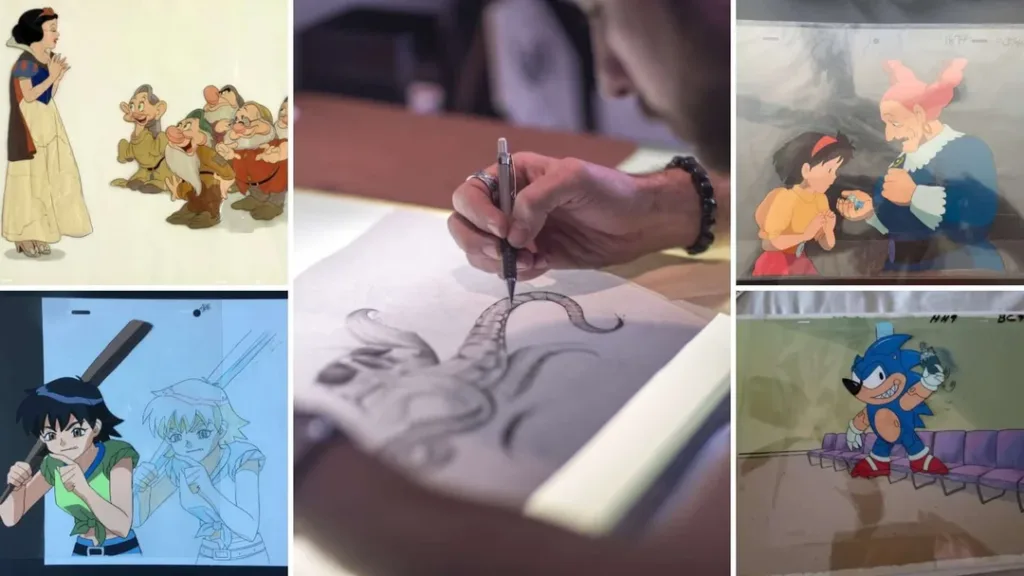
Software tools make frame-by-frame digital animation accessible, unleashing a renaissance in cel-shading techniques. Inspired by paintings, drawings and collages, these textured, animated loops flood social media with hypnotic vida.
Core Aspects of Digital Cel Aesthetic
- Cel-shading + hand-drawn effects rather than 3D CGI
- Graphic pop colour palettes, high saturation
- Visible brush strokes + paper-like texture effects
- Grainy retro film filters + glitch distortions
- Short seamless loops ideal for GIFs/TikTok scenes
“Vernacular creativity thrives in these quick-win formats, inspiring new hybrid styles bridging analogue and digital,” explains Montreal-based Motion Designer Samuel Champagne, known for vibrant digital paintings in transportation apps like GoogleMaps. Expect more DIY innovations as creative tools democratise animation.
14. Bio-Inspired Fashion + Textiles
Fashion draws muse from Mother Nature in 2024, with designers emulating plant and animal mechanisms in cutting-edge fabrics and surface design. Expect to see garments, accessories and patterns displaying nature’s ingenuity!
Critical Aspects of Bio-Inspired Fashion
- Textures, fine filaments + micro-patterns from the natural world
- Seaweed, bark + cellulose waste fabrics
- Camouflage prints mimicking animal + foliage patterns
- Life-like prototyping via 3D printing and AI generation
- Breathability, ventilation + seamless production based on organisms
“There’s deep problem-solving potential if we observe nature’s genius closely,” says biomimetic designer Natsai Audrey Chieza, whose bacteria-brewed colours lead fashion’s bio-revolution. As sustainability challenges mount, expect more eco-innovation inspired by the mechanisms of plants + wildlife.
15. Neo-Bauhaus Design
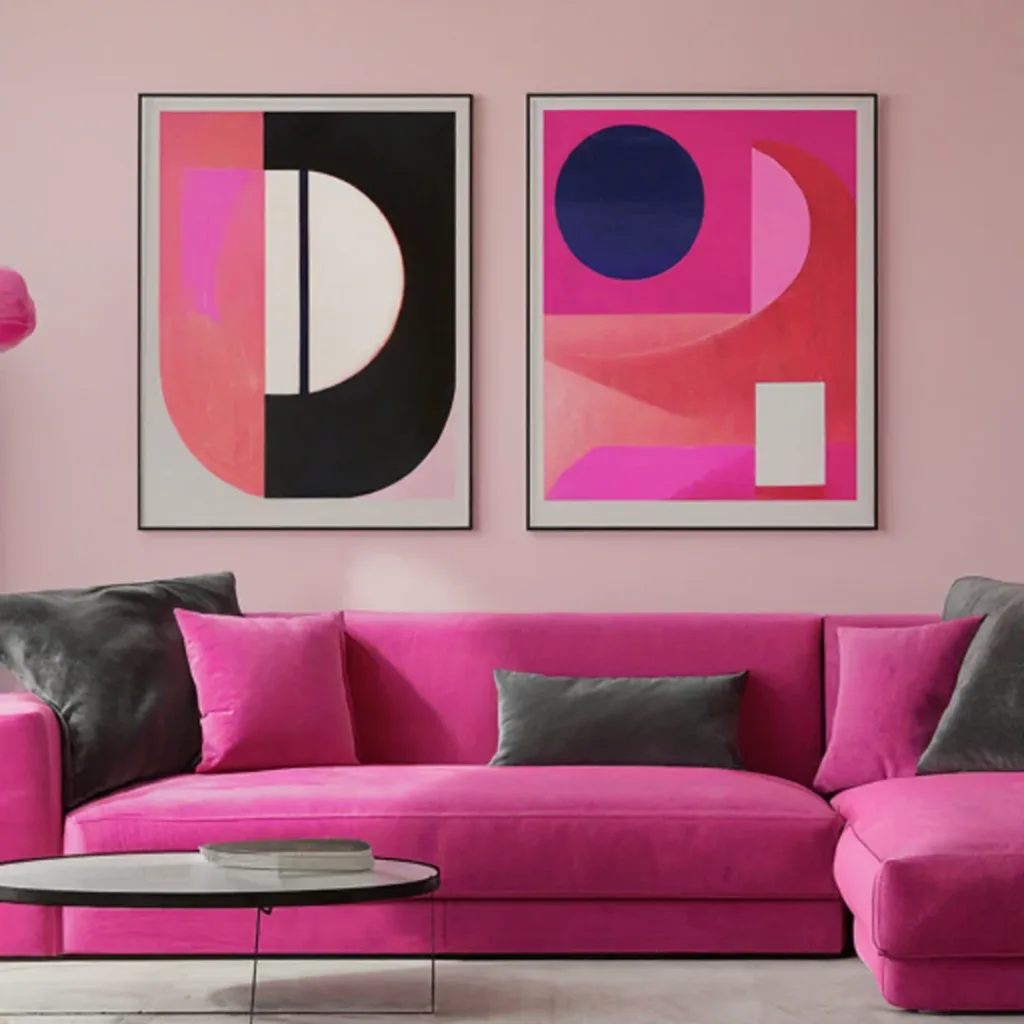
Minimalist sensibilities meet maximalist ornamentation in this revival of 1920s German modernism. Abstract shapes, strict geometry and utopian ideologies make a comeback across high-end architecture, fashion and branding.
Central Pillars of Neo-Bauhaus
- Purist geometry – circles, triangles and strict lines rule
- Primary colour codes – vivid red, yellow, and blue blocks
- Futurism via outward-facing buildings full of light
- Highly functional construction with social aims
- Craftsmanship merging with abstract sculpture
The actual Bauhaus movement used art and design to imagine social utopias. And Neo-Bauhaus manifests similarly optimistic visions. “Sparking joy through pared-back visual languages imbued with deeper meaning,” explains MoMA curator Lily Lin, highlighting how minimalism links to sustainability, mobility and community.
Conclusion
The above trends reveal how design continues to push aesthetic and functional possibilities – drawing muse from past influences but propelling them into the future with radical new applications.
As the Bauhaus teaches, creative ideas can transform societies. And so many of 2024’s leading trends fuse style with a social conscience – whether the regenerative ideals of biospheric design or fashion’s emulation of natural circular systems.
We also see digital tools democratise creative freedom in trends like digital cel animation and AI-generated design. Yet warnings persist around data ethics and job disruption. Ultimately, each trend balances opportunities with complex challenges we must sensitively navigate locally and globally.
Global connectivity accelerates the spread of design in visionary yet risky ways. So, the designer's role in social influence and responsibility continues to evolve. By speculating on futures, they manifest exciting possibilities. But design’s growing power means practitioners must carefully consider the long-term impacts of their creative choices, balancing style and substance when forging visual culture today, shaping how future generations see tomorrow.
Frequently Asked Questions:
What are the key emerging design trends we will see more of in future?
Maximalism – dense colour/patterns
Sixties mod revivalism – curvy retro furniture, monochrome palettes
Biospheric/sustainable design – circularity, biophilic motifs
Algorithmic/AI design – computational creativity
Metaverse Design – virtual products, environments
How quickly do design trends change?
Trend cycles are speeding up in line with accelerating technological and cultural change. Where Victorian or mid-century modern style remained fashionable for decades, today’s trends evolve rapidly – amplified by digital culture and social media, where viral visuals spread globally in seconds, inspiring fast modifications.
Which trends link aesthetics to social/eco aims?
Multiple emerging design movements fuse stylistic innovation with a social and environmental conscience, including biospheric design – architecture in harmony with nature; parametric design’s algorithmic eco-buildings; computational creativity democratising design freedom; upcycled/circular future craft textiles.
Do any trends revive past aesthetics?
Nostalgia proves creatively inspiring with multiple trends reimagining signature aesthetics from design history – sixties mod style makes a comeback via furniture and fashion combining space-age curves with sci-fi motifs; neo-gothic architecture blends medieval arches with modern materials; neo-Bauhaus revisits the minimalist geometry of 1920s utopian modernism updating it via vibrant colours and sculptural forms.
Which trends feel incredibly futuristic?
Cyborgian body design heralds a sci-fi-inspired vision of human/technology hybridisation – from neural implants to bionic body parts and exoskeletons. Meanwhile, the parametric architecture uses algorithms to mathematically ‘breed’ radical new building forms characterised by warped grids, smooth intersecting curves and alien asymmetry. And metaverse design propels artists into creating bespoke products like skins and badges for digital worlds and virtual economies.
